Orthodox Prayer Beads
Create your own Orthodox prayer beads bracelets and necklaces with our DIY bulk high quality soft silicone beads + Free Design Idea Book.

Original price was: $13.99.$7.99Current price is: $7.99.
43% Off
Original price was: $16.99.$9.99Current price is: $9.99.
41% Off
Original price was: $17.00.$5.99Current price is: $5.99.
65% Off
Original price was: $20.00.$13.99Current price is: $13.99.
30% Off
Original price was: $16.99.$12.99Current price is: $12.99.
24% Off
Original price was: $11.99.$9.99Current price is: $9.99.
17% Off
Original price was: $20.00.$13.49Current price is: $13.49.
33% Off
Original price was: $14.00.$4.99Current price is: $4.99.
64% Off
Original price was: $14.99.$8.99Current price is: $8.99.
40% Off
Original price was: $17.00.$15.99Current price is: $15.99.
6% Off
Original price was: $20.00.$19.99Current price is: $19.99.
0% Off
Original price was: $21.00.$18.99Current price is: $18.99.
10% Off
Original price was: $12.00.$9.99Current price is: $9.99.
17% Off
Original price was: $12.00.$9.99Current price is: $9.99.
17% Off
Shop Silicone Beads
Shop By Category
Learn to Bead With Us
Beading Tutorials – Tips and Tricks
Subscribe now and get special offers
From Our Blog
OUR MOST RECENT POSTS
Subscribe to our newsletter and get 10% Off!
Category Description - Orthodox Prayer Beads
More on Orthodox Prayer Beads
Create your own orthodox prayer beads by using bulk silicone beads. projects, top quality focal round beads.
Orthodox & Christian Prayer Beads & Prayer Ropes DIY
Traditionally used to count prayers although also used in modern times to aid with anxiety and help mindfulness, the orthodox prayer beads have 33 beads which signifies the thirty three years of Christ’s life.
The history of the prayer rope (komboskjni) dates back to the beginning of Christianity where links would use them to keep track of prayers. Historically they would contain 100 knots although also al the 50 knot version exists for those wanting something more compact.
Prayer beads are a form of bead work used to count the repetitions of prayers, chants, or mantras by members of various religions such as Hinduism, Buddhism, Shinto, Umbanda, Islam, Sikhism, the Baháʼí Faith, and some Christian denominations, such as the Roman Catholic Church, the Lutheran Church, the Oriental Orthodox Churches, and the Eastern Orthodox Churches. Common forms of beaded devotion include the mequteria in Oriental Orthodox Christianity, the chotki or komposkini or prayer rope in Eastern Orthodox Christianity, the Wreath of Christ in Lutheran Christianity, the Dominican rosary of the Blessed Virgin Mary in Roman Catholic Christianity, the dhikr (remembrance of God) in Islam, the japamala in Buddhism and Hinduism, and the Jaap Sahib in Sikhism.
What are orthodox prayer beads?
Orthodox prayer beads, also known as the komboskini (in Greek) or chotki (in Russian), are a string of beads used in the Eastern Orthodox Christian tradition to aid in prayer and meditation. These prayer beads are primarily used for the Jesus Prayer ("Lord Jesus Christ, Son of God, have mercy on me, a sinner"), but can also be used for other prayers or contemplations.
Features of Orthodox Prayer Beads:
- Beads: Typically made from knotted wool or wooden beads. They often have 33, 50, or 100 beads, reflecting the age of Christ (33 years) or other symbolic numbers in Christianity.
- Knotting: In many cases, the beads are tied with knots instead of being strung like traditional beads.
- Spacer Beads: There's often a larger bead (or knot) at the beginning and sometimes at the end, known as the "leading bead" or "closing bead." It marks the beginning and end of a prayer cycle.
The beads help keep count of the number of prayers recited. Practitioners will pray one prayer for each bead, moving to the next bead as they complete each prayer. The practice is a way of focusing the mind and drawing closer to God through continuous prayer.
The use of prayer beads is a way of making prayer more intentional and meditative, a rhythm that allows one to immerse in prayer without distraction. It's deeply connected to Eastern Orthodox spirituality, particularly the monastic tradition.
Q and A on Orthodox Prayer Beads
Q: What are Orthodox prayer beads used for?
A: Orthodox prayer beads are primarily used to aid in the repetitive recitation of prayers, most commonly the Jesus Prayer: "Lord Jesus Christ, Son of God, have mercy on me, a sinner." They help the user focus and maintain a rhythm while praying, encouraging continuous spiritual contemplation.
Q: How many beads are there on an Orthodox prayer bead rope?
A: The number of beads can vary, but common amounts include:
- 33 beads (representing the 33 years of Christ's life)
- 50 beads
- 100 beads (in monasteries, 100 is a traditional number, and the full cycle is often recited several times a day) Some prayer ropes also have additional knots or beads as markers for sections of prayer.
Q: What is the significance of the large beads or knots on the prayer rope?
A: The larger beads or knots usually mark:
- The starting point of the prayer cycle (sometimes called the "leading bead").
- The ending point, which often has a cross or another religious symbol. In some cases, the final bead represents the "closing bead" or the end of one cycle of prayer.
These larger beads help the person praying know when to start and finish, while also offering a visual or tactile way to meditate on the meaning of the prayer.
Q: Can anyone use Orthodox prayer beads, or are they just for monks?
A: While the use of prayer beads is prominent in monastic life, any Orthodox Christian can use prayer beads to deepen their prayer life. The practice is particularly encouraged for personal prayer and meditation, and it's considered a helpful tool for staying focused and disciplined in one's prayer life, regardless of whether you are a monk or layperson.
Q: How do you use Orthodox prayer beads during prayer?
A: Here’s a simple guide to using the beads:
- Hold the prayer rope with the leading bead (the larger bead or knot) between your fingers.
- Begin by saying the Jesus Prayer: "Lord Jesus Christ, Son of God, have mercy on me, a sinner."
- As you say the prayer, move from bead to bead, reciting the prayer once for each bead.
- When you reach the final bead, you’ve completed one cycle of prayer. You may choose to repeat this cycle multiple times.
- Some may incorporate other prayers or spiritual thoughts between cycles, depending on personal devotion.
Q: Are there different types of Orthodox prayer beads?
A: Yes, there are variations, but two of the most common are:
- Komboskini: Typically made of wool thread, often braided or knotted into 33, 50, or 100 knots. These are commonly used by Greek Orthodox Christians.
- Chotki: These are made from wooden beads, often found in Russian Orthodox tradition. They usually have 33 beads, reflecting the age of Christ when He was crucified.
Both are used for the same purpose but may differ in material and design based on cultural preferences.
Q: What are the benefits of using Orthodox prayer beads?
A:
- Focus and discipline: They help keep the mind focused during prayer, reducing distractions.
- Rhythm: The repetitive nature of the prayer creates a rhythm that helps the user go deeper into prayer and meditation.
- Spiritual connection: Repeating prayers can bring the person closer to God and allow them to live more intentionally in faith.
- Physical engagement: Holding the beads and counting them creates a physical connection to the prayer, which can help in staying present.
Q: Is there a particular way to hold the prayer beads during use?
A: Yes, generally:
- Hold the prayer beads in your left hand (for right-handed people), using your thumb and middle finger to move from bead to bead.
- You can use the thumb to slide each bead through your fingers while saying the prayer.
- Some people also find it helpful to hold the prayer rope in their right hand, particularly if they are using the prayer beads in a way similar to the rosary.
Q: How can someone make their own Orthodox prayer beads?
A: Making your own prayer beads is a personal and spiritual process, and many people find it meaningful to create a prayer rope as part of their spiritual journey. Here’s a general process for making a simple komboskini:
- Materials: You’ll need wool thread (traditionally), wooden beads (optional), and a cross or larger bead for the start and end.
- Knotting: Tie each knot carefully, keeping them uniform in size. Some people use 33, 50, or 100 knots.
- Adding the cross: At the end or beginning of the rope, attach a small wooden cross or larger knot.
- Blessing: After completing the prayer beads, it’s customary to have them blessed by a priest before use.
Q: Can the prayer beads be used for other prayers besides the Jesus Prayer?
A: Absolutely! While the Jesus Prayer is the most common, many Orthodox Christians use their prayer beads to recite other prayers, such as:
- The Lord’s Prayer
- Hail Mary (in some traditions)
- Prayers for the sick, departed loved ones, or personal petitions.
The beads serve as a tool for any repetitive prayer or devotion that helps focus the mind and spirit.
Q: What should I do if I feel distracted during prayer with beads?
A: It’s natural for the mind to wander during prayer. If you feel distracted:
- Refocus: Gently bring your attention back to the prayer, even if you’ve lost your place.
- Don’t be hard on yourself: Prayer is about the intention and the relationship with God, not perfection.
- Increase your awareness: Some people find it helpful to pause and reflect on the meaning of the words of the prayer after each cycle.


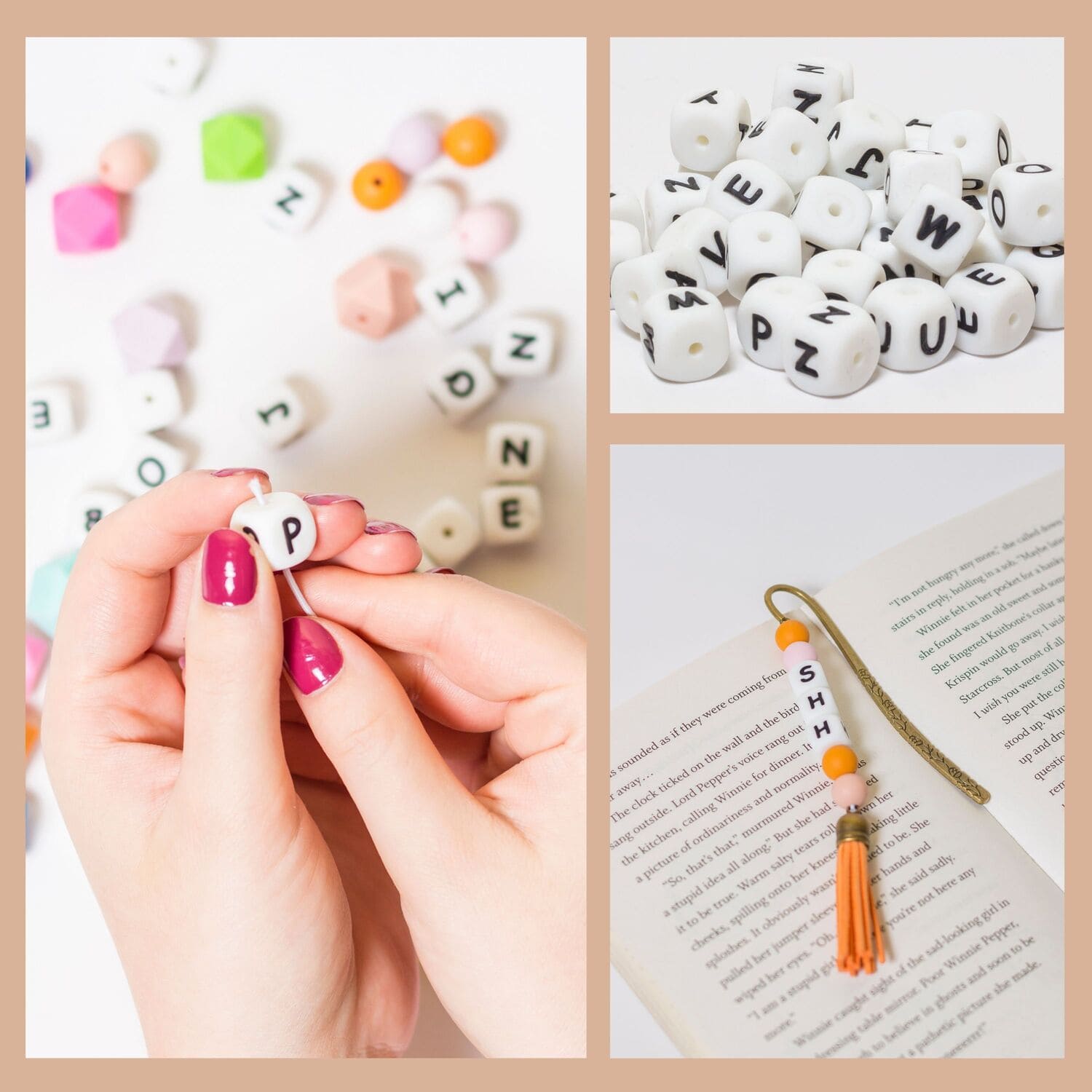



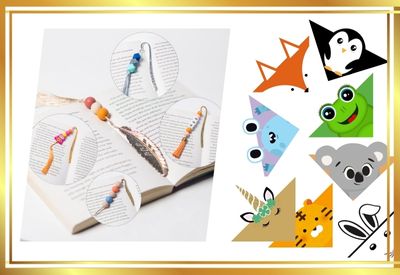
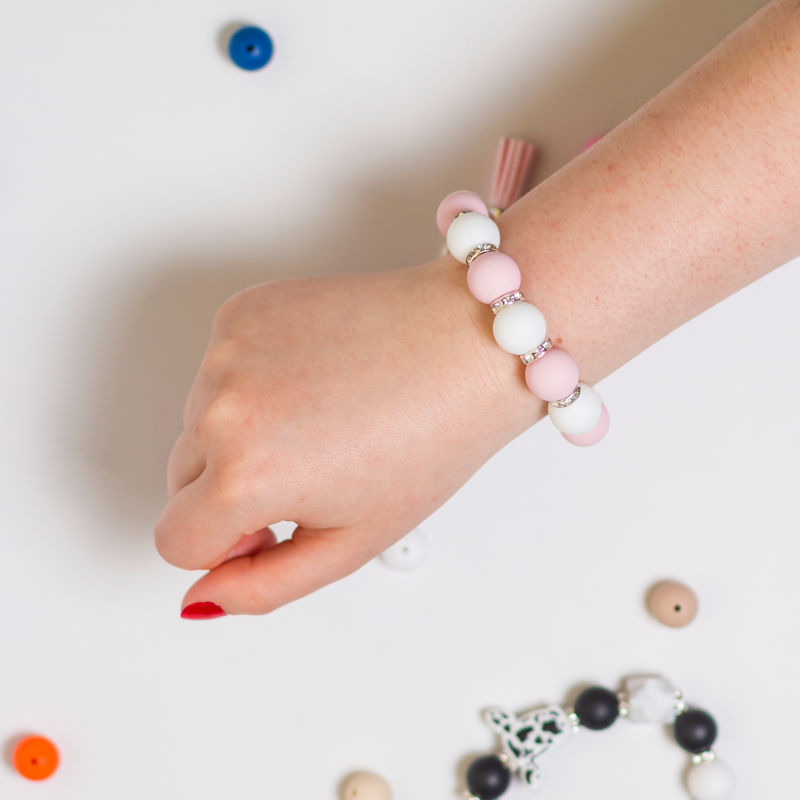

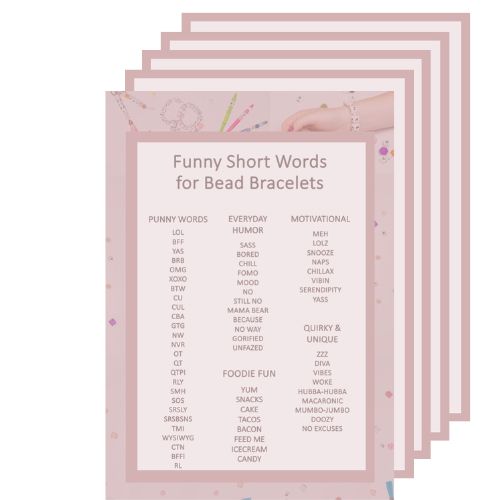
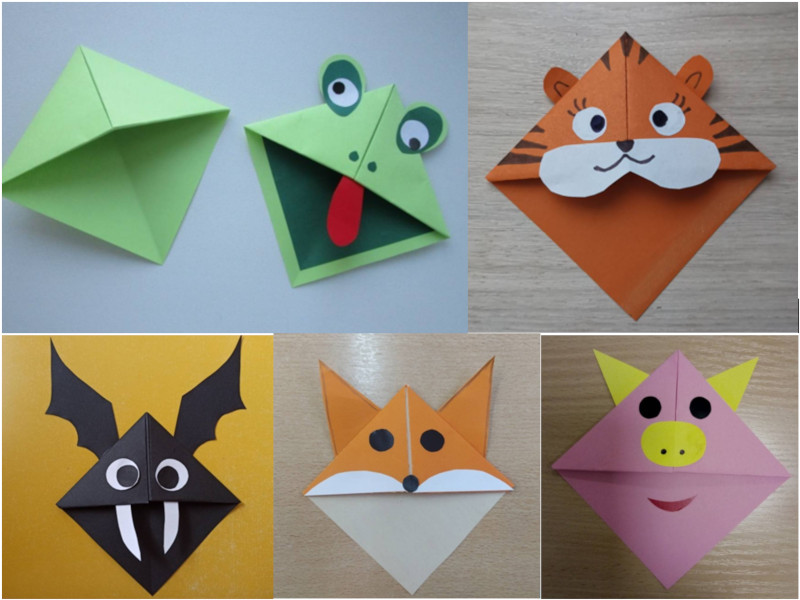
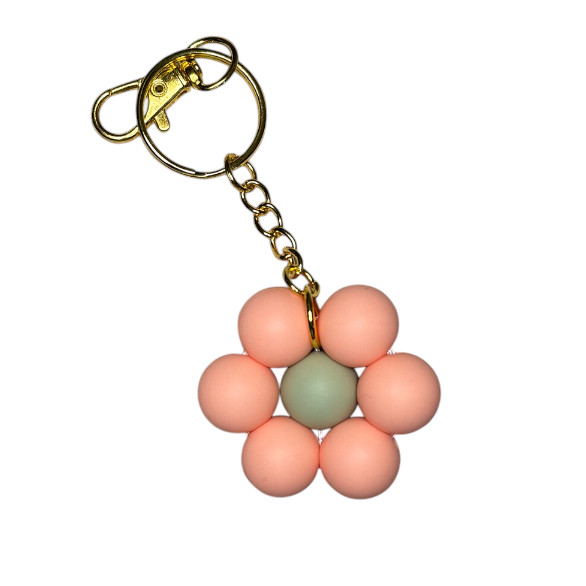
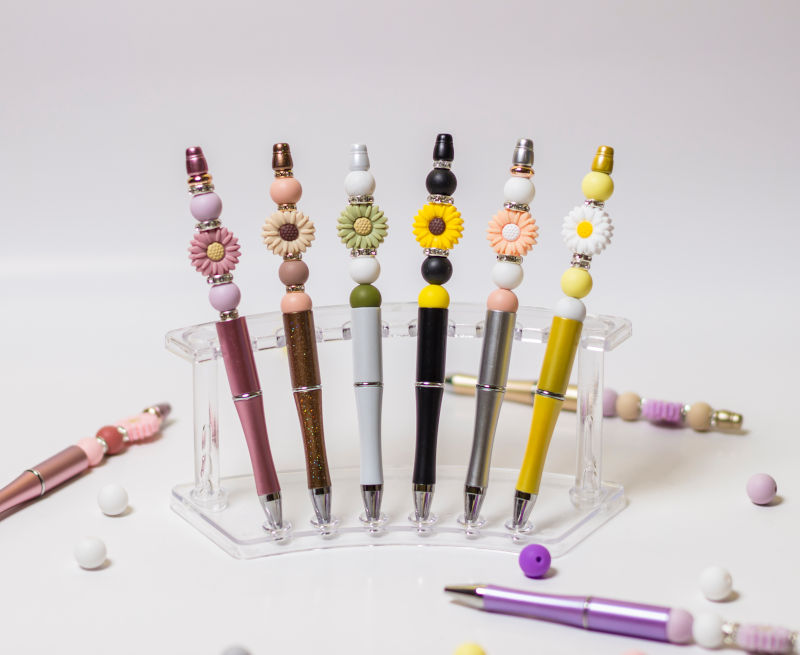
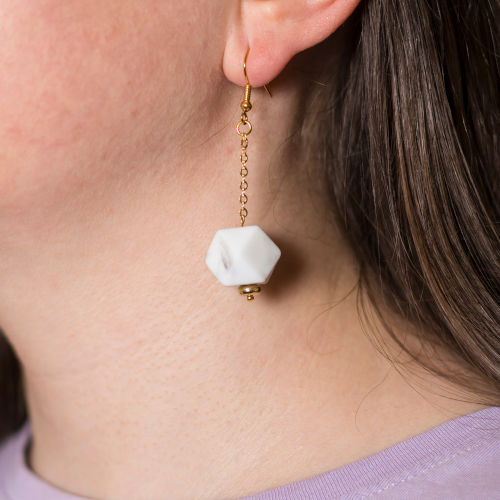

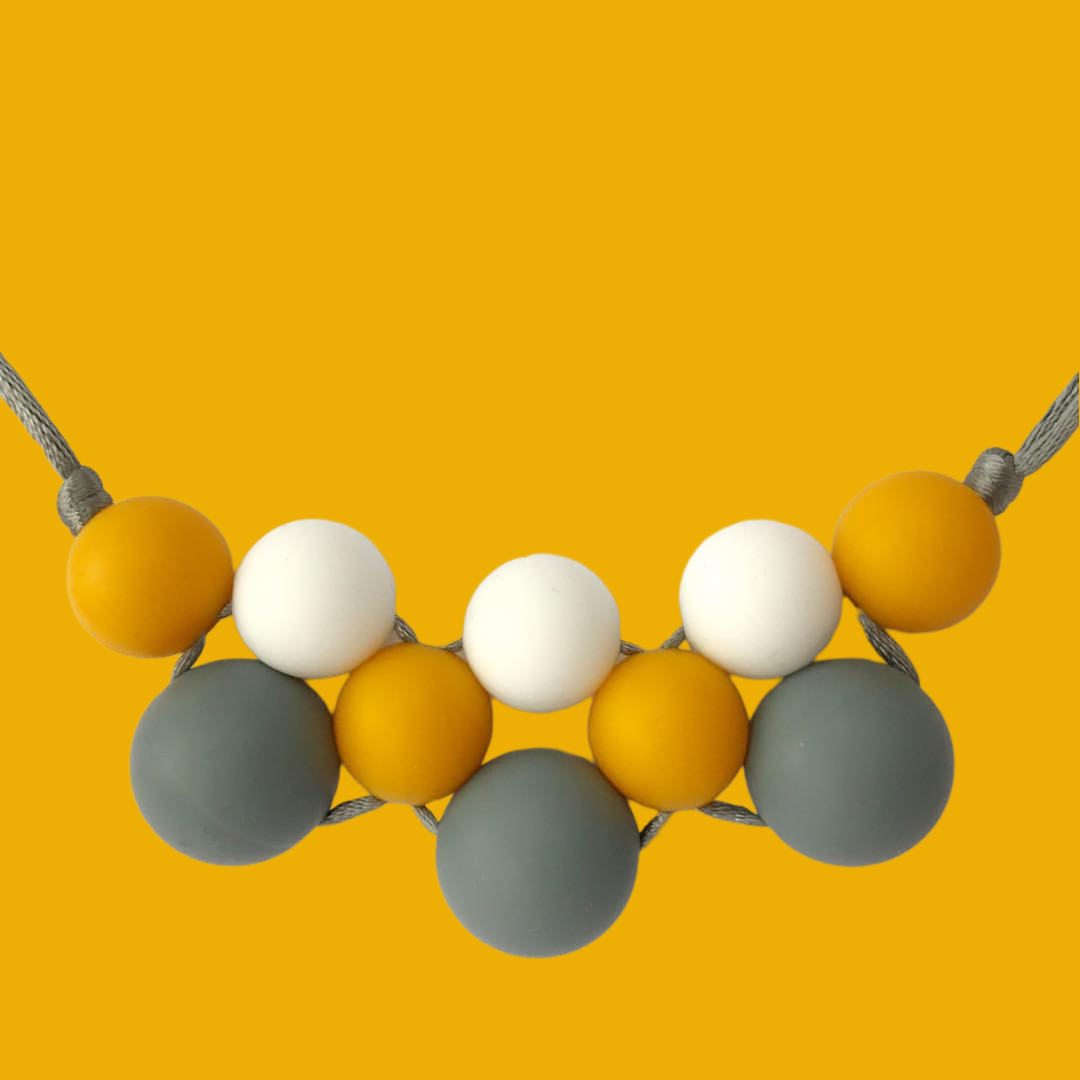




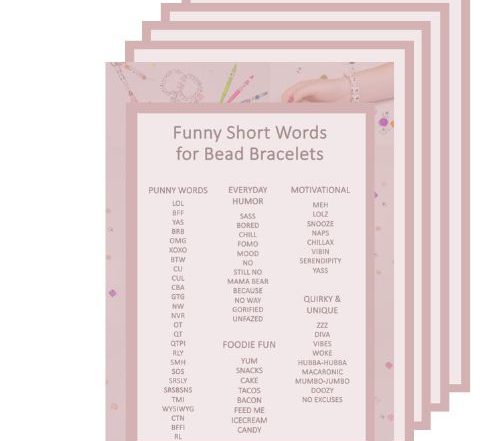







Pam says:
BettySweet says:
Happy Crafter says: